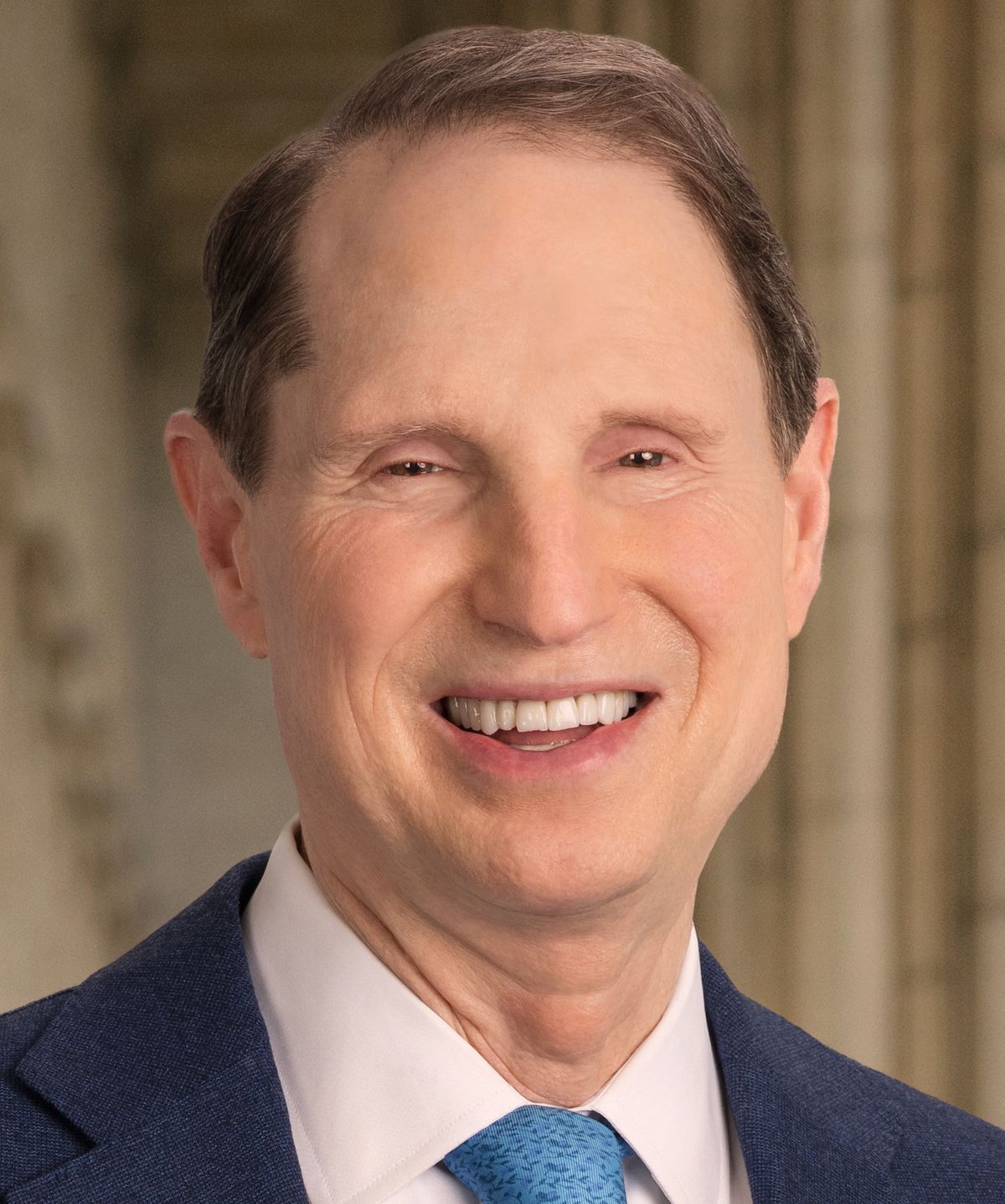Article
Three simple strategies to increase revenue
Author(s):
Physician practices can adopt three simple steps to increase revenue
When it comes to increasing revenue, physician practices don’t need to employ complicated strategies or expensive software, according to Jackie Coult, a certified healthcare business consultant with the National Society of Certified Healthcare Business Consultants, who is based in Salt Lake City, Utah.
Review gross charges
Coult recommends implementing some simple strategies, beginning with making sure a practice’s gross charges are above the rate of the highest payer. While this might seem obvious, she says, “100 percent of the practices that we delve into for a revenue cycle analysis have money on the table, in that their gross charges are below the maximum reimbursement.”
Practices often don’t put together a master fee schedule or read payer contracts, which state their contracted rate, she says. She gives a couple of examples of practices she reviewed. A primary care doctor who employed several nurse practitioners had spent $10,000 in depo provera birth control shots and were only billing one cent for each vial, which were valued at 95 cents each. “They needed to be charging a dollar per unit.”
In a cardiology practice Coult reviewed, she found more than $450,000 that had not been captured because they had not reviewed their gross charges.
Sometimes a practice has left gross charges up to a manual operation, which takes a lot of staff effort and is an easy way to overlook it.
“The practices have control over this. They just have to be diligent and acquire the contracted rates from their payers and input it,” she says. “Then they have to analyze their rates based on their utilizations and gross charges.”
Take a deposit
In an era where high deductible health plans are more common, and the deductibles are many thousands of dollars higher than prior years, co-pays are a more complicated process for some patients. “As soon as deductibles went from around $3,000 to as high as $12,000, we’ve seen that patients just can’t pay,” Coult says.
Many patients don’t have that much money in savings and can’t take enough out of their paycheck to put it in their health savings accounts. “We find that about 38 percent of practices accounts receivables are in patient balances now, where it used to be 12.5 percent.”
Many patients will come in for a visit and present a card that requires a percentage payment rather than a flat co-pay. As a result, Coult says, “Practices aren’t collecting the co-pay because they don’t know what the percentage is.”
To ameliorate this problem, some primary care practices have implemented a request for a deposit ranging from $50 to $100 from the patients with those types of plans. Otherwise, Coult says, “If the patient has a large deductible they haven’t satisfied, providers are left holding the financial bag.”
Hire the right front desk staff
Another step practices should take is to make sure they have the right people working their front desk. Taking down payment information and discussing finances can be a delicate conversation for some patients. Coult says front desk staff members should have the confidence and skills to tackle these conversations.
Coult says she’ll often go into a practice and hear that the front desk person has a difficult time collecting from the patient. “So I’ll say, ‘Then why is Susie sitting at the front desk?’ It’s great if she’s nice to the patients and knows your schedule, but if she can’t collect a dollar, we’ve got a problem.”
In this new landscape of healthcare, Coult says practices have to remember: “If we’re going to implement healthcare consumerism, we need to help them understand not only what medications they’re going to take but what their responsibility is on the financial side.”





